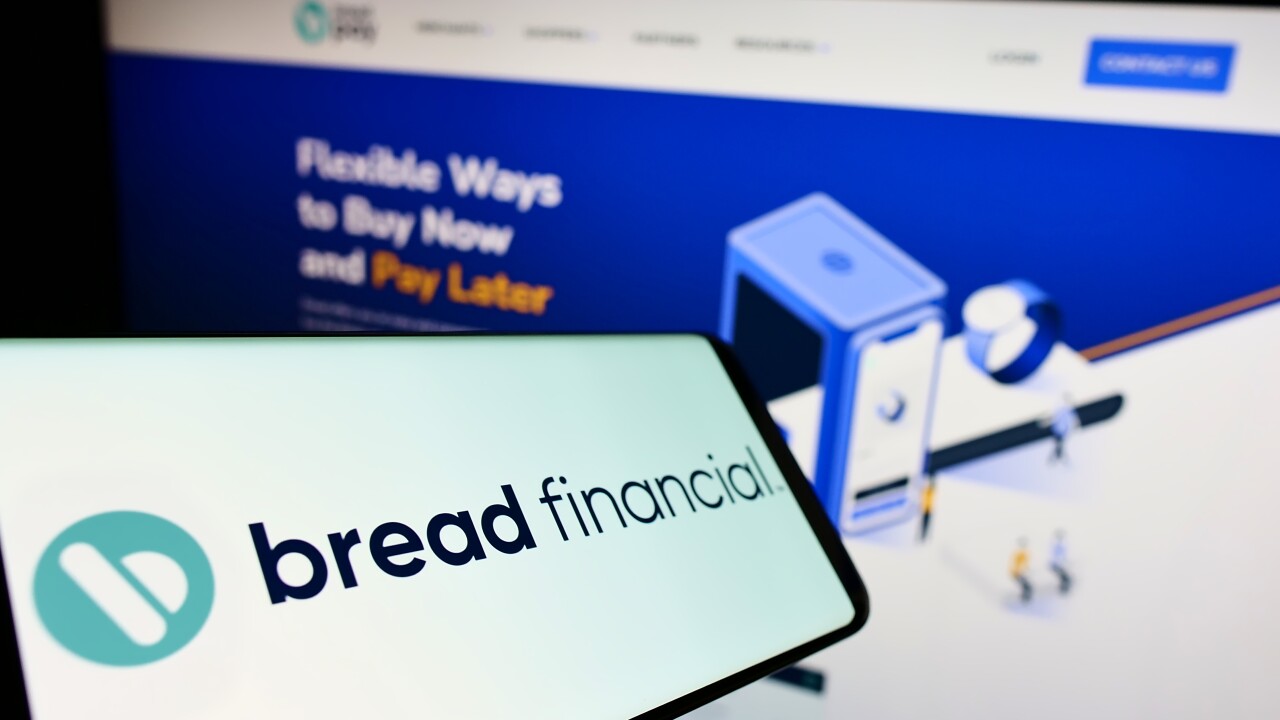Advertising, marketing and payments are changing very quickly and traditional players will need to adapt quickly in order to survive, according to Kleiner Perkins Caufield & Byers partner Mary Meeker's annual “Internet Trends” report.
The amount of time spent with digital media daily is increasing, from 5.4 hours in 2015 to 5.6 hours in 2016, according to the report. This growth is almost entirely attributable to mobile devices; we now spend 3.1 hours per day on our phones, compared to 2.8 hours in 2015. Just five years ago, this was less than an hour per day.

By contrast, desktop consumption of digital media has remained static at around 2.2 hours per day for the last three years, according to the report. This transition has not been lost on marketers, who have shifted advertising dollars to digital channels. Meeker forecasts that in 2017, global online advertising spend will surpass global TV advertising spend for the first time ever and in the U.S., online advertising grew 22% between 2015 and 2016 to reach $73 billion. Over half of this was on mobile rather than desktop.
The message for mobile payments
Since mobile is now the de facto marketing channel between consumers and products, the device is also shortening the decision process between browsing for products and services and making a purchase.
Advertising through social media platforms such as Facebook was shown to be highly effective in conversion to sales with user centric advertising layered into feeds and messaging platforms; consumers that clicked on an advertisement in Facebook made a purchase 26% of the time, according to the report. Other social media channels such as Pinterest showed similar conversion rates, with 44% of consumers seeing this platform as a great place for browsing for goods and 24% stating it is a good place to buy.
No retail segment is brick-and-mortar anymore
The shift of consumption to mobile is also encroaching on all segments of brick and mortar retail, with grocery being seen as a key area of growth for companies such as
Driven in part by the advancement of mobile and
Twenty percent of mobile queries were made via voice in 2016, while accuracy is now about 95 percent, the report says. Other technologies are also coming of age, including AI connected camera solutions such as
One of the most telling metrics of the changing landscape was that parcel delivery grew 9% in the U.S between 2015 and 2016, indicating that consumers are increasingly bypassing traditional retail stores for home delivery.
In this new normal we are watching digital Darwinism in real time where retailers need to adapt to survive.





